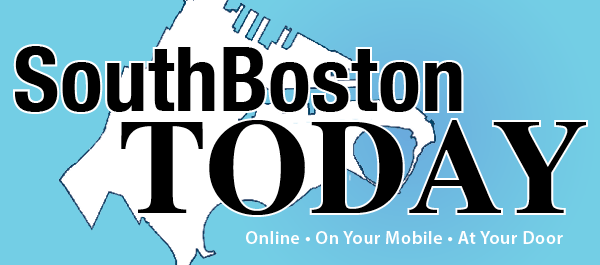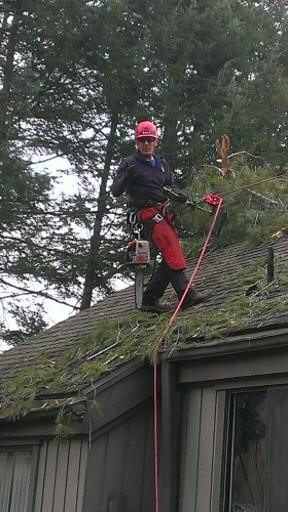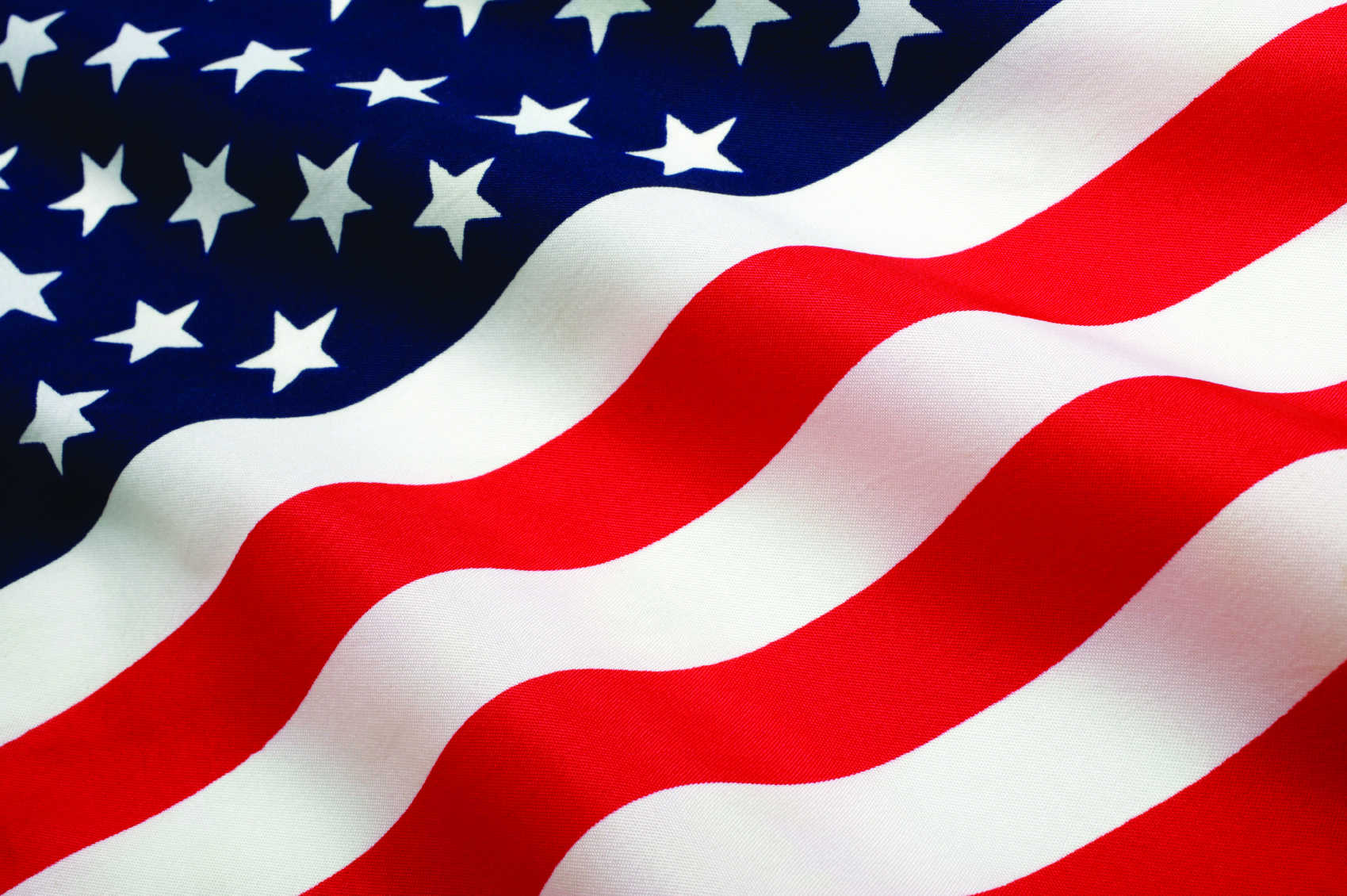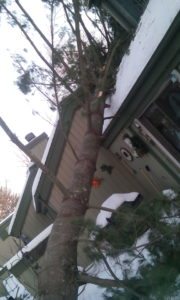 As roads are cleared and snow begins to melt from recent winter storms, the International Society of Arboriculture (ISA) cautions homeowners and clean-up crews to remember to be extremely careful when working around trees damaged by heavy snow and high winds that have been blowing through parts of New England.
As roads are cleared and snow begins to melt from recent winter storms, the International Society of Arboriculture (ISA) cautions homeowners and clean-up crews to remember to be extremely careful when working around trees damaged by heavy snow and high winds that have been blowing through parts of New England.
Fred Perry, ISA New England chapter president, cautions, “This winter in New England homeowners and municipalities should take extra care with storm damaged trees. Working in and around trees is dangerous enough before adding slippery snow under foot and the stress of snow loads on a tree.” Perry reminds New Englanders about the extreme drought in 2016 which affected parts of New England and in many areas brought the return of severe gypsy moth damage. “Last year was a tough year for our trees,” adds Perry. “These conditions added stress to the trees, which in turn can weaken them. The damage can often go unseen or not thought of especially when the tree is covered in snow.”
“A major storm can do massive damage high in the treetops, posing extreme danger to people for weeks and months to come,” says Jim Skiera, ISA executive director. Debris seen on the ground in a storm’s aftermath is only a sign of potential overall danger associated with storm-damaged trees. According to Skiera, potential hazards and tree problems are not always obvious to the untrained eye. “Snow-damaged tree limbs can split or break in the treetops, and branches of all sizes can come crashing down at any time, especially during high winds. That’s why trees should be checked from the bottom up.” ISA recommends hiring an ISA Certified Arborist, to determine the full extent of storm damage.
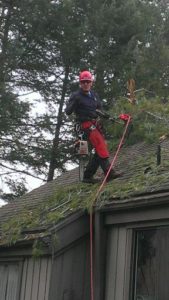 Post-Storm Clean-Up Tips:
Post-Storm Clean-Up Tips:
Do not try to do it all yourself – Never be tempted to use a ladder or an overhead chainsaw to remove damaged limbs. Hire a professional arborist for dangerous work such as pruning or removing trees, especially ones with large broken or hanging limbs.
Assess the damages – Your tree should be evaluated for overall health besides just storm damage. If the tree is basically healthy and vigorous and if major limbs, branches, and at least 50 percent of the tree’s crown are still intact, then there is a good chance for complete recovery. For assistance, hire an ISA Certified Arborist to determine the tree’s condition.
Beware of price gouging – Sometimes less credible tree services will take advantage of storm victims. Good tree work by qualified professionals is not inexpensive, however, poor work, no matter the price paid, can cost you a great deal. Professional prices should include liability and workman’s compensation insurance as well as bucket trucks and equipment. Prices may include costs for heavier specialty equipment that may be needed such as cranes and loaders.
Hire only reputable companies – Be wary of individuals who go door-to-door and offer bargains for doing tree work. Most reputable companies are far too busy to solicit work this way. Ask any tree care company or ISA Certified Arborist for proof of insurance before hiring them to do work on your trees. A reputable company will have personal and property damage insurance as well as worker’s compensation coverage.
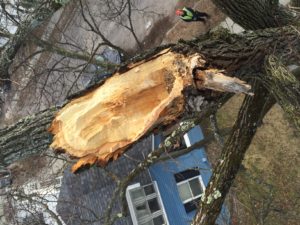 “Paying attention to the treetops now can prevent further damage and greater property loss later on,” Skiera says. “Heavy wet snow can put major stress on a tree, and that stress can require pruning or additional support such as cables or braces, services a professional arborist can provide.”
“Paying attention to the treetops now can prevent further damage and greater property loss later on,” Skiera says. “Heavy wet snow can put major stress on a tree, and that stress can require pruning or additional support such as cables or braces, services a professional arborist can provide.”
For more tips on how to care for storm damaged trees or to find a local ISA Certified Arborist, visit www.TreesAreGood.org.
About ISA
The International Society of Arboriculture (ISA), headquartered in Champaign, Ill., U.S., is a nonprofit organization supporting tree care research and education around the world. To promote the importance of arboriculture, ISA manages the consumer education web site, www.treesaregood.org, which fulfills the association’s mission to help educate the public about the importance and value of proper tree care. Also, as part of ISA’s dedication to the care and preservation of shade and ornamental trees, it offers the only internationally-recognized certification program in the industry. For more information on ISA and Certified Arborists, visit www.isa-arbor.com.
The New England Chapter of ISA promotes professional arboriculture, research, and awareness of the benefits of trees in New England. Learn more at www.newenglandisa.org.
